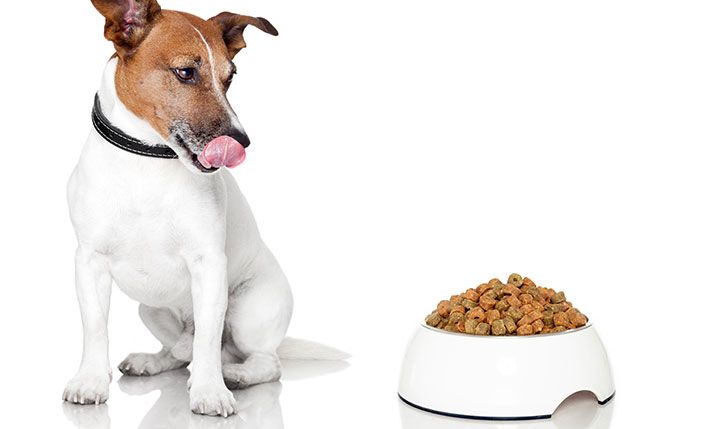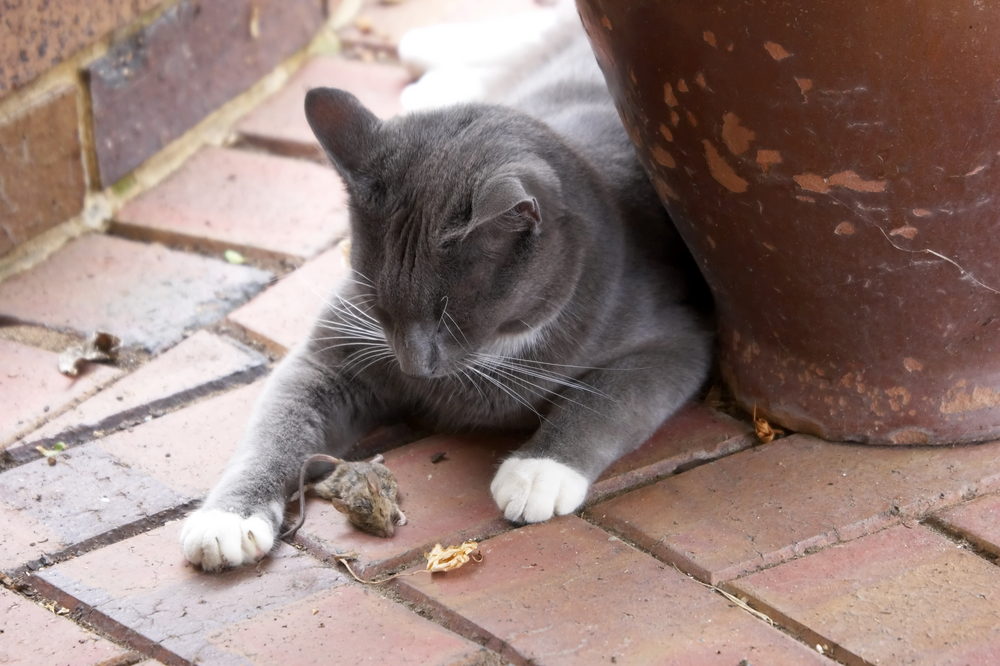Why does my dog move food from one place to another?

The behavior of dogs moving food from one place to another, often referred to as food hoarding or caching, is a curious and instinctual conduct observed in many canine companions. While this behavior may seem puzzling to pet owners, it has roots in the natural instincts of dogs and serves various purposes.
Food Caching: from Wolves to Dogs
The behavior of moving food, known as food caching or hoarding, has deep evolutionary roots that can be traced back to the wild ancestors of modern dogs. Wolves, the ancestors of domestic dogs, were highly adaptive predators and scavengers who roamed vast territories in search of food.
In the wild, food availability can be unpredictable, with periods of abundance followed by scarcity. Wolves had to evolve strategies to cope with these fluctuations in food availability, and one such strategy was food caching. When wolves encountered a surplus of food, whether through a successful hunt or scavenging, they would instinctively stash away excess food in hidden locations for future consumption.
Food caching served as an insurance policy against times of scarcity, ensuring that wolves had access to food during lean times. By spreading out their food supply and storing it in various locations, wolves minimized the risk of losing all their food to competitors or natural disasters.
Creating a Reserve or Safekeeping
While domestic dogs no longer face the same challenges as their wild ancestors, their instincts to cache food remain deeply ingrained. When dogs move food from their bowls to other locations in the home, they are exhibiting a behavior that is a vestige of their wolf ancestry.
This behavior is particularly pronounced in dogs that have experienced food insecurity or competition in the past, as they are more likely to prioritize the accumulation of resources as a survival strategy.
Sensory Stimulation
Dogs rely heavily on their sense of smell to navigate and understand their surroundings. Their noses contain up to 300 million scent receptors, compared to a human’s mere 5 million, making them exceptionally sensitive to odors.
For dogs, the process of moving food from their bowl to another location is not just about relocating sustenance; it’s also about enriching their sensory experience. Dogs may enjoy the tactile sensation of manipulating objects with their mouths and paws, as well as the olfactory stimulation of encountering new scents.
This sensory enrichment can be highly rewarding and enjoyable for dogs, providing mental stimulation and a sense of satisfaction. Puppies and young dogs, in particular, are naturally curious and may move their food as part of their exploratory behavior.
Boredom and Anxiety Management
In some cases, dogs may move food as a way to alleviate boredom or restlessness. Dogs are intelligent and active animals that thrive on mental and physical stimulation. When confined to a relatively small space, such as a home or backyard, dogs may seek out activities that provide sensory stimulation and mental engagement. Moving food around can serve as a form of self-directed play, helping dogs pass the time and alleviate feelings of boredom or frustration.
The behavior of dogs moving food from one place to another is deeply rooted in their instinctual behaviors. It serves various purposes, from saving food for later consumption, marking territory, coping with stress, to playful exploration.
As responsible pet owners, allowing dogs to express these natural behaviors, while ensuring a safe and stress-free environment, contributes to their overall well-being and contentment.










